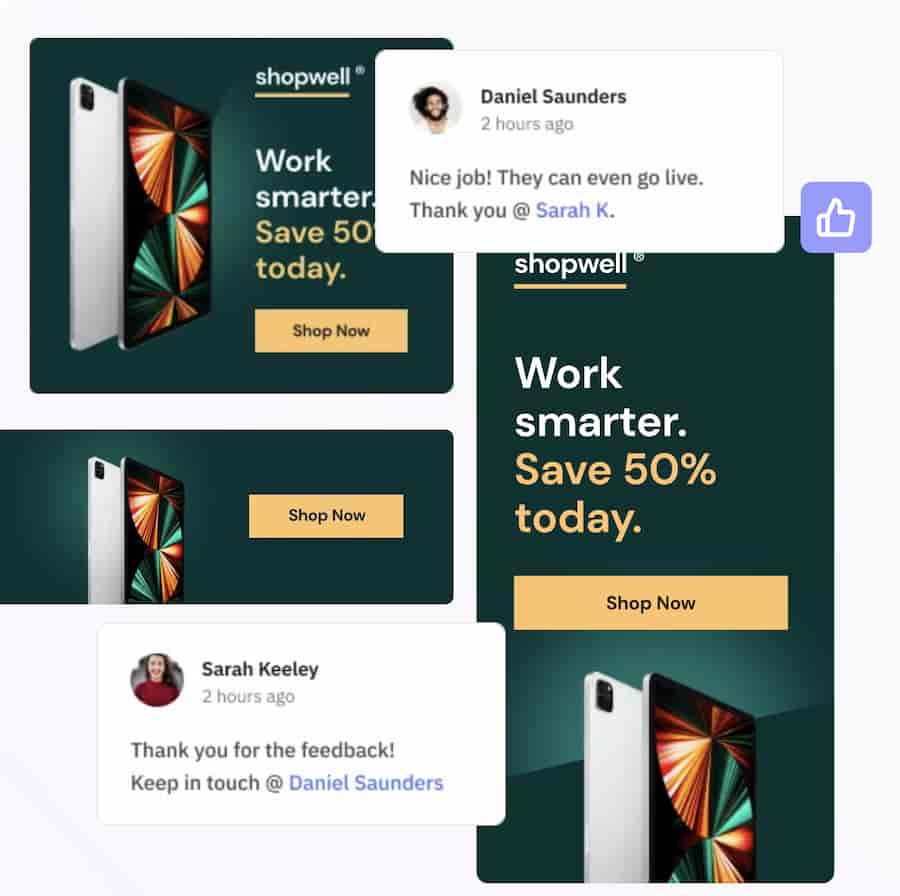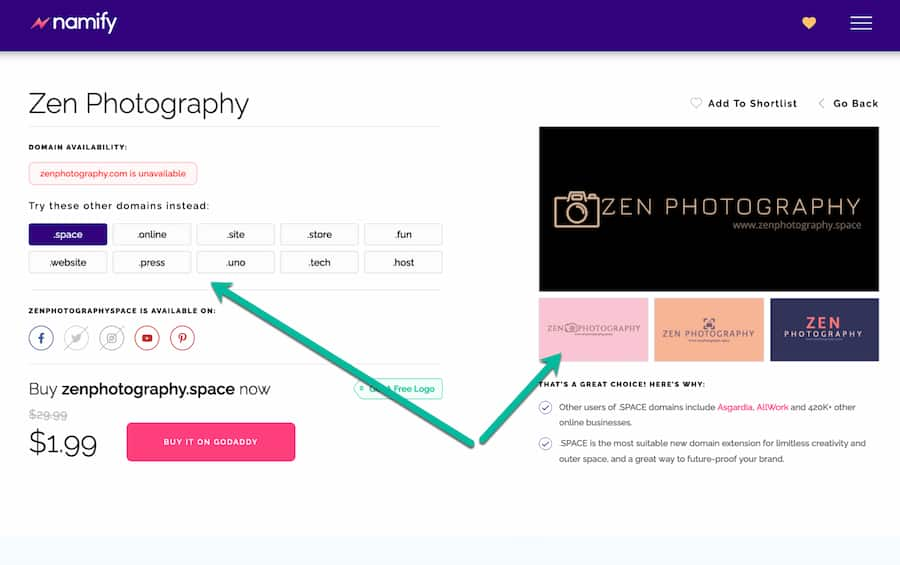How to Use Stories to Create a Relatable Online Brand
Images can be duplicated and marketing tactics can be copied, but your stories are yours.
And in a world where it’s difficult to remain memorable, stories are your unique competitive advantage.
When used in your marketing strategy correctly, they not only help you stand out but build loyalty and trust with your audience as they get to know more of you.
Stories create an emotional connection with your audience that a ‘how to’ article based on a theory alone could.
Whether it’s through the books you read, the country you live in, the risks you’ve taken, or the dream you’re building – stories connect.
And there’s a method to how you can build them into your marketing strategy.
Sections
Choose the right stories to tell
Personality-based brands know a little something about telling stories to build a business.
They don’t find a new story for every marketing campaign or lay their life story out on their website. They simply have a handful of stories they repeatedly tell from different angles.
These stories build their brand by making them relatable and relevant to their audience.
To start using stories in your business, explore the kinds of ones you can tell by answering these questions:
- If you were to tell your life story so far using 5 key scenes, how would it go?
- What books, movies, and music do you like?
- What was your childhood like?
- What do you do to socialize?
- Where do you travel to?
- What are your hobbies?
- What are your aspirations?
Next, choose 5 different ones that you’ll focus on for your brand. Write those stories out 3 times, with each version highlighting a different message.
Keep in mind that they must be relevant and relatable for your audience.
An example: The audience I serve is service providers who want to grow an online business, and value freedom and courage.
The stories I tell are relevant to these values.
One story I tell is how I moved from Ukraine to New York and built a life there. The 3 angles I choose are:
- Relationship angle: What moving to New York taught me about the importance of relationships and how I use this in my business.
- Inspirational angle: I moved to a city where I had no friends and built a life there.
- Communication angle: How I learned the importance of speaking your customer’s language when I learned to speak American English and integrate with the locals.
If you need to brainstorm your story, use Text Optimizer, which helps you understand what your niche is associated with:
Curating and analyzing social proof is another way to develop a great story. Your customers’ reviews will suggest topics that resonate with your audience best and help you develop effective stories to tell.
Remain consistent
Telling too many stories is a good way to overwhelm and distract your audience.
You need one core story you can retell from different angles.
Why?
Your purpose is to create brand recognizability, and they say that you need at least 8 touchpoints with a single customer for them to remember you.
A touchpoint is any interaction – however minor – between a brand and a customer. This could be a social media share, a like on Facebook, a comment on the site, or an actual sale.
The truth is, even if someone has actually purchased your product, there’s no guarantee they will remember you. I cannot even imagine how many brands I bought from I can no longer remember. Unless I saw them again and again.
Given how crowded the Internet is with brands trying to get customers’ attention, there are many touchpoints!
If you keep telling different unconnected stories, your customers will not remember you.
You need a strong connection between your core story and your brand – for your customers to start recognizing your brand when they read or watch it repeatedly.
How to add stories to your marketing strategy
Random stories are confusing.
But stories that are linked to the product or service you’re selling heighten the message and encourage the sale.
So, sprinkle stories in different ways throughout all your marketing channels.
Here are some ideas to get you started:
Audio and video
The know/like/trust factor is increased when you’re seen or heard.
So add an intro video to your About page or record audio instead of writing an article – your audience will automatically connect with the sound of your voice and by seeing you.
Keep your videos and images well-branded to keep building your brand’s recognizability.
Email marketing
With each email (or a blog post), add a story to encourage action.
For example, if today’s the last day customers can buy a product, add a story about personal regret to highlight the importance of taking action at the moment.
Several email marketing automation platforms allow you to segment your lists to time your email campaigns well. For example, you can create a segment for your most engaged subscribers and tell them more details of your story, while introducing your brand to those who have never opened your previous emails.
Social media
Tweet what you’re doing, take pictures of your surroundings to post on Instagram, and ask poignant questions on Facebook – allow your audience to know the real you by bringing them into your life.
The more they see and trust you, the more likely they are to buy from you, and not a competitor.
The huge power of social media is its ability to retarget your story to your existing clients (to remind them of your brand). All you need is to create convincing social media ads based on your story. Creatopy is a handy platform that will help you design your own ads and get your team to collaborate on ideas, concepts, and implementation.
Website images
Explaining your love of rock climbing through writing is great, but having pictures of you in the midst of it is far more relatable – especially if your audience values adventure and risk.
If you don’t have a site yet and rely on your social media accounts, set one up! Relying on third-party platforms is bad for branding, and it’s a poor long-term strategy. Your site is what will always stay with your brand and rank for your name, making your business always findable. Namify can help you define your branding:
There are quite a few plugins allowing you to optimize images on your site so as not to slow it down.
Final thoughts
You know you have a story to tell. And it’s one worth telling. Once you have chosen which stories to tell, you can incorporate them into your marketing strategy via audio and video, email marketing, social media, and website images.
Many brands do an amazing job of telling their story through the words that describe their business, their products, and their services. Yet, these companies often miss the opportunity to tell their story visually, which can result in a confusing or even misleading message for your audience.
Revealing your stories in images allows your audience to paint a picture of who you are and increases their trust in you. All you need is creativity and consistency for your customers to remember and relate to your brand.
About the author
Tags: Business Reputation Marketing, Personal Branding, Reputation Marketing.



